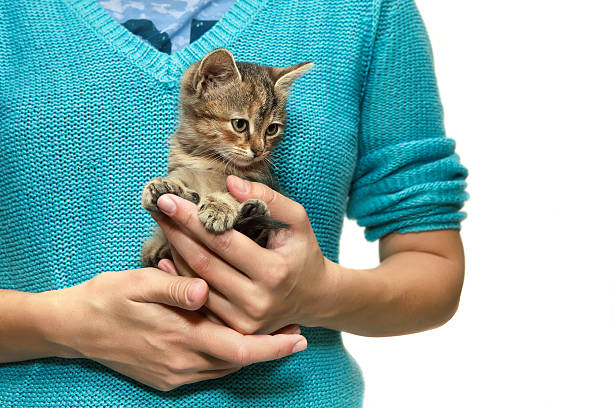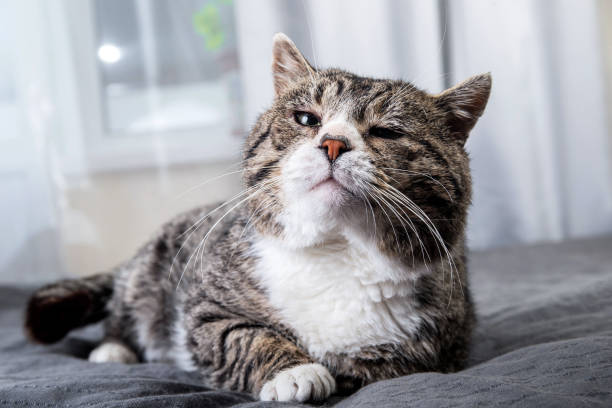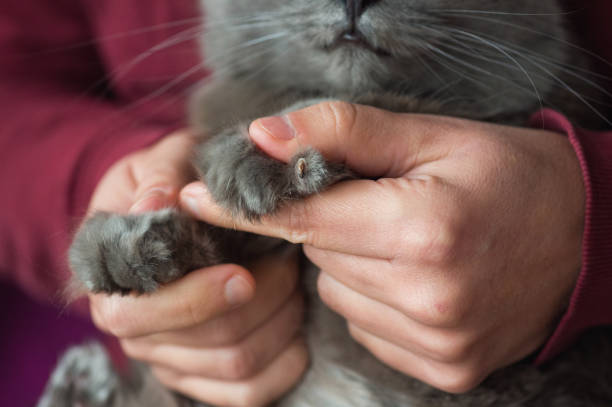If you’re like most cat owners, your cat is probably your best friend and one of the most important people in your life (after all, the saying goes women and cats will do as they please…). But did you know that it’s also very important to understand how to take care of them if they get injured? Cats are very good at hiding pain, but they can still suffer from numerous injuries such as fractures and even dental issues without us knowing about it because they won’t yowl or meow to let us know what’s wrong.
1) Call your vet

If you find your cat injured, call your veterinarian immediately. The vet will assess the situation and discuss the best course of action with you. You might be asked to bring in the cat for a physical exam, x-rays or an MRI scan. These tests are necessary in order to determine whether or not the cat’s injuries are severe enough for surgery and what kind of treatment is needed.
The vet might also suggest treatment options for any injuries that don’t require surgery including pain medications, wound care and bandaging as well as antibiotics if infection is present.
2) Prevent infection
- A wound is more likely to become infected if it’s dirty, so clean the wound out with soap and water. – Cover the wound with a sterile bandage or adhesive strips that are sold in the pet section of your local pharmacy. – Watch for signs of an infection such as redness around the wound, increased swelling, warmth and pus.
- Take your cat to see a veterinarian if you notice any of these signs.
3) Keep kitty warm but don’t overheat

If your cat is injured, keep her warm but don’t overheat her. Be sure the room she’s in is not too warm or too cold. You can also try a heating pad or heat lamp, but don’t let the pad or lamp get too close to kitty. It should be about an inch away from her body, just enough to provide warmth.
The worst thing you can do for a hurt cat is move them around too much because it will make their injuries worse and delay healing. Make sure that you are comfortable handling your injured pet so that if anything happens, you know what to do and how best to handle the situation.
4) Use cold water on burns
If your cat is burned, be sure not to use cold water. This can make the burn worse by damaging the skin. Cold water can also cause frostbite on uncovered skin, so don’t use it on your cat if they’re not wearing clothes. Instead, if there is any hair that has been burnt away from the burn, you should soak them in cool (not cold) water for 15 minutes or less.
5) Use a paper towel as a muzzle

If your cat is injured and you don’t want him/her to bite or scratch, then use a paper towel as a muzzle. Place the muzzle over the cat’s head and wrap it around the neck. Secure it with tape, string, or wire. You may need help from another person to hold onto the ends of the muzzle while you tie them off. It is important that this is done properly so that the muzzle does not get caught on anything else and restrict air flow. Muzzles should be worn for 10 minutes at a time for small injuries, but not more than 15 minutes for larger injuries.
6) Provide pain relief
If your cat is injured, the first thing you should do is provide some pain relief. Most of the time, this means administering a dose of over-the-counter pain relievers. There are several types available on the market that you can choose from, but be sure to consult with your veterinarian before giving your cat any medication.
7) Avoid cleaning his wound without professional help

It is important not to clean your cat’s wound without professional help. The area needs to be checked for infection, as well as debris that may have been left behind when the injury occurred.
The area around the wound should also be examined for any signs of bleeding or discoloration and a veterinarian should be contacted if there are any concerns.
Also, it is not advisable to give your cat any medication without first consulting with a vet.
8) Monitor his body temperature to avoid hypothermia/hyperthermia
If you cat’s temperature is too low, use a heating pad or hot water bottle wrapped in a towel. The best way to take your cat’s temperature is with a rectal thermometer. Leave the thermometer in place for 10 minutes, then read the temperature. If it falls below 94 degrees Fahrenheit (34 degrees Celsius), call your vet immediately. Monitor your cat’s body temperature every 15 minutes until it reaches 98 F (37 C).
9) Get medical help as soon as possible after injury.

If your cat is injured, the first thing you should do is get them to a vet as soon as possible. Depending on the severity of the injury, they may need stitches or surgery. Taking care of their health and well-being will help them heal faster and return back to their normal self.
10) Comfort and cuddle him or her.
If your cat is injured, the most important thing is to provide him or her with comfort and cuddles. You can do this by gently stroking your cat and talking softly in a soothing tone. Gently hold your cat as they will feel more secure. Make sure that you’re not blocking their airways or moving them too much as this could cause them more pain or discomfort.
